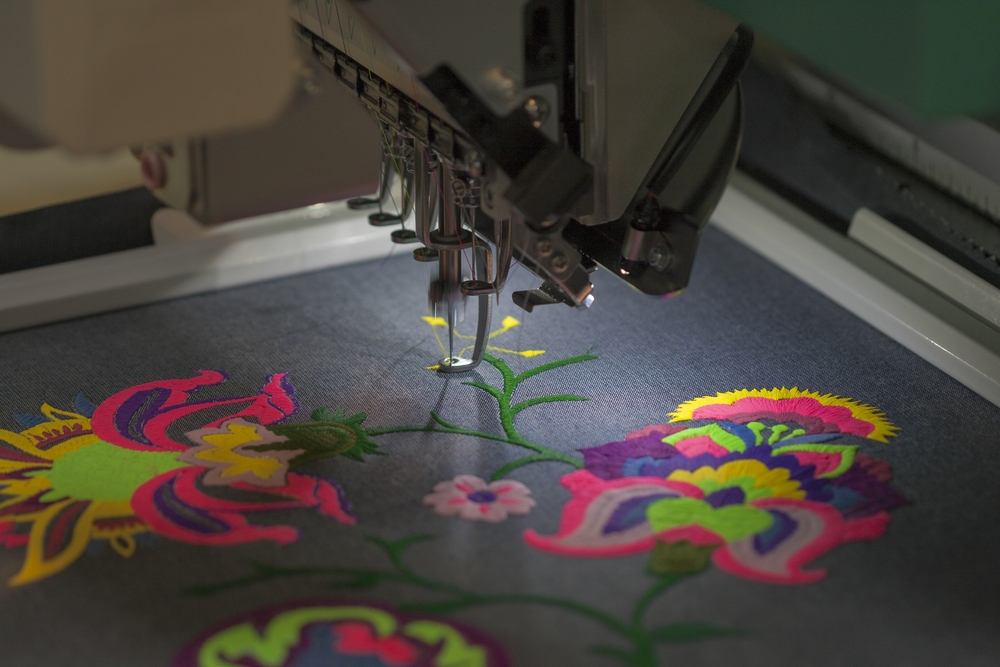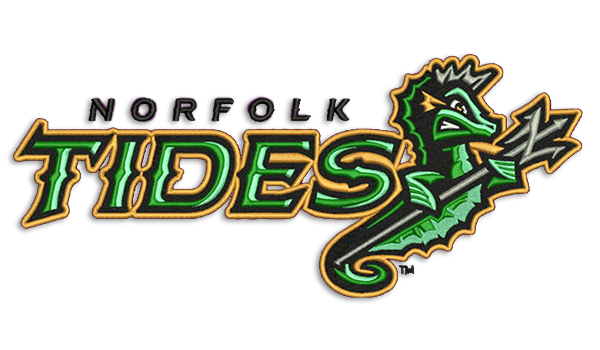Specialist Digitizing for Embroidery: Quick and Reliable Service
Specialist Digitizing for Embroidery: Quick and Reliable Service
Blog Article
Streamlining the Art of Embroidery Digitizing: Step-by-Step Overview
As technology continues to development, the digitization procedure has actually ended up being much more accessible, allowing lovers to bring their complex layouts to life with ease. In this guide, we will unwind the intricacies of needlework digitizing, breaking down each action carefully to improve the procedure and equip both novices and seasoned embroiderers alike.
Understanding Embroidery Digitizing Software Program
Embroidery digitizing software application offers as an important device for transforming detailed designs right into electronic styles suitable with needlework makers, helping with accurate stitching and modification. This specialized software enables users to import different picture file formats, such as JPG or PNG, and convert them right into embroidery machine-readable formats like DST, EXP, or PES - Digitizing for Embroidery. By utilizing attributes like stitch editing and enhancing, rug alternatives, and string color option, digitizing software application makes it possible for users to regulate every element of the style procedure
Moreover, progressed embroidery digitizing software supplies devices for developing intricate layouts, changing stitch density, and including detailed information. Customers can additionally preview the design prior to sewing it out, guaranteeing precision and decreasing errors. Additionally, lots of software application programs supply automated features that aid enhance the digitizing procedure, conserving time and effort.
Recognizing the abilities of needlework digitizing software program is vital for accomplishing high-grade cause needlework tasks. By grasping this device, embroidery fanatics and specialists can unleash their creativity and bring intricate designs to life with accuracy and effectiveness.

Selecting the Right Layout File
After acquainting on your own with the abilities of embroidery digitizing software application, the next essential action in the process is picking the appropriate layout data for your project. Digitizing for Embroidery. When choosing a style apply for embroidery digitizing, it's important to think about the intricacy of the style, the dimension of the end product, and the kind of textile you will certainly be collaborating with
For detailed layouts with fine details, a high-resolution image or vector data is advised to make certain that the embroidery machine can properly replicate the design. In addition, the size of the last product plays a substantial duty in choosing the right layout documents. Larger designs may call for greater resolution documents to preserve clearness and sharpness.
Moreover, the sort of textile you will be stitching on influences the option of design data. Different textiles might need adjustments in the design file to ensure that the stitches are appropriately straightened and the design shows up as meant. By carefully picking the best style data based upon these elements, you can establish yourself up for a successful needlework digitizing procedure.
Digitizing Tools and Strategies
Making use of specialized software program and precision techniques, digitizing devices are essential in changing elaborate layouts into embroidery-ready documents. Needlework digitizing software application, such as Wilcom, Hatch, or Embrilliance, provides the necessary platform to convert artwork right into stitch information. These programs use functions like stitch modifying, underlay choices, and lettering devices to make certain the design converts perfectly onto textile.
One of the crucial methods in digitizing is producing a clear course for the embroidery machine to comply with. This includes digitizing each component of the design with precision, determining stitch kinds, densities, and directions. By utilizing directory tools like digitizing tablet computers or software-specific plugins, embroiderers can accomplish a high degree of precision in their digitized designs.
In addition, understanding the art of rug stitching is crucial for generating quality needlework. Underlay stitching supports the material and produces a structure for the layout, making sure that the last item is both visually appealing and resilient. By understanding these digitizing devices and methods, embroiderers can elevate their craft and bring intricate designs to life with accuracy and performance.
Customizing Stitch Kinds and Instructions
The choice of stitch kinds can substantially impact the total look and texture of the stitched layout. By purposefully combining these stitch types, embroiderers can attain depth and dimension in their designs.
Moreover, the direction of stitches plays an important role in improving the visual charm of the final embroidery. By exploring with various stitch angles and patterns, embroiderers can bring their designs to life with exceptional detail and ins and out.
Screening and Refining Your Digitized Design
To ensure the accuracy and top quality of your digitized layout, comprehensive testing and improvement are crucial actions in the needlework digitizing procedure. As soon as you have finished the digitization of your layout, it is critical to evaluate it prior to waging the real needlework. Checking enables you to identify any kind of prospective problems such as thread breaks, stitch thickness issues, or style distortions that might impact the outcome.

After screening, it is very important to refine your digitized design based his explanation on the feedback from the test sew-out. This might include tweaking sew setups, adjusting thickness, or making modifications to the overall layout to achieve the wanted end result. By repeating with testing and improvement, you can fine-tune your digitized layout to excellence before moving onward with the actual needlework procedure.
Conclusion
Finally, grasping the art you can check here of embroidery digitizing requires a detailed understanding of the software application, selecting the right style file, making use of digitizing tools and strategies, personalizing stitch kinds and instructions, and testing and improving the digitized style. By adhering to these steps, embroiderers can streamline the digitizing process and develop top notch embroidered layouts with precision and performance.
Report this page